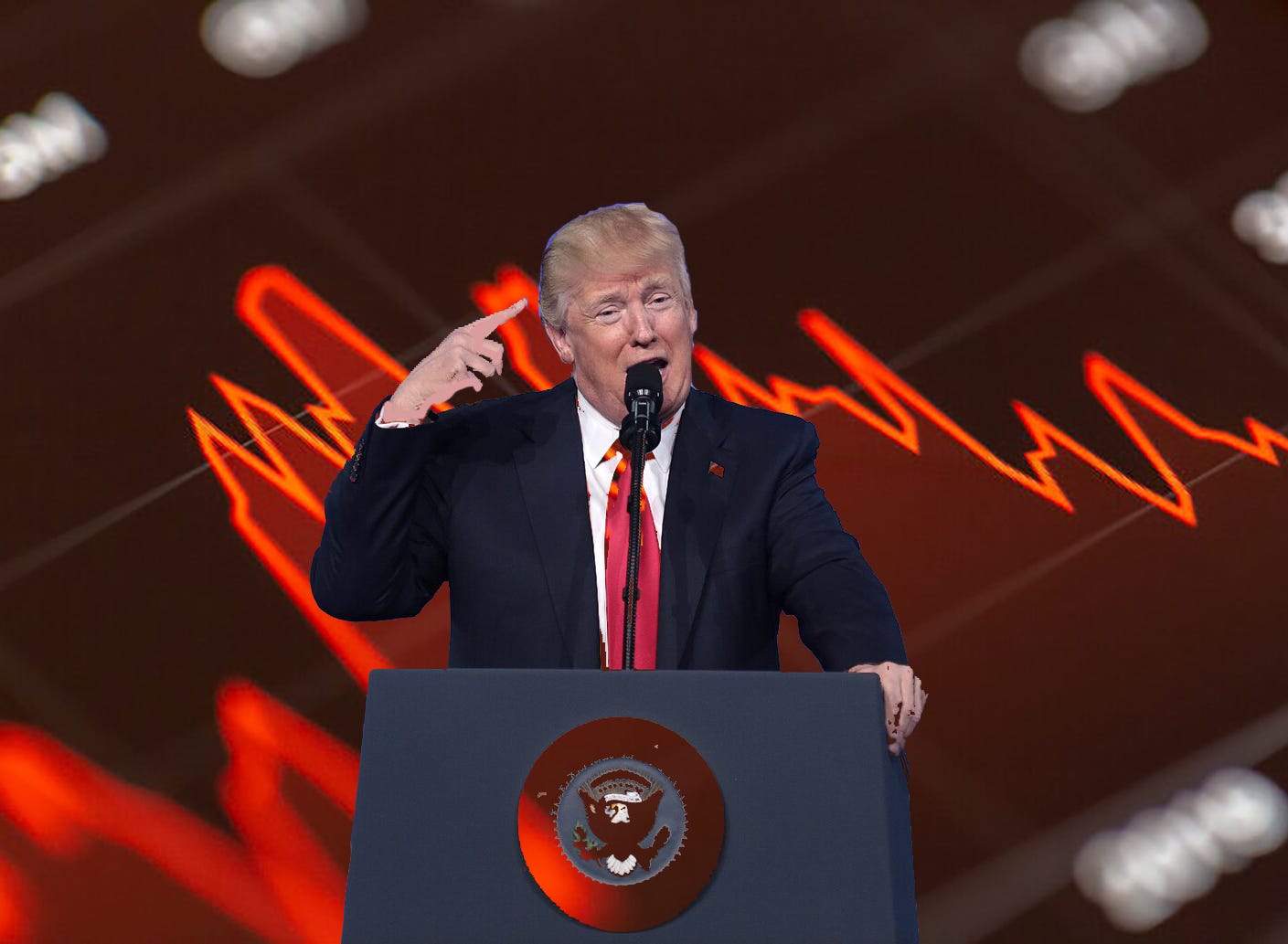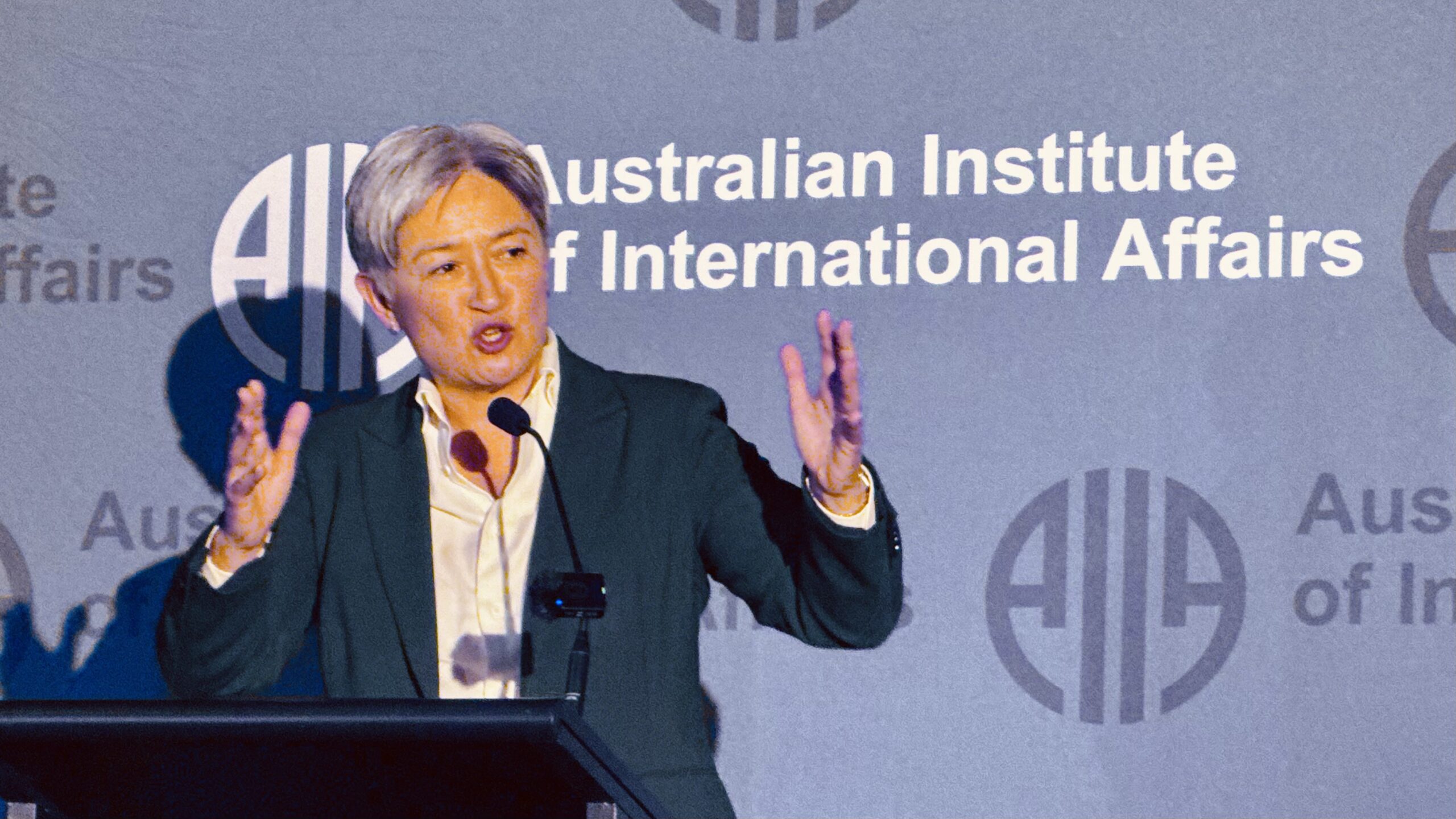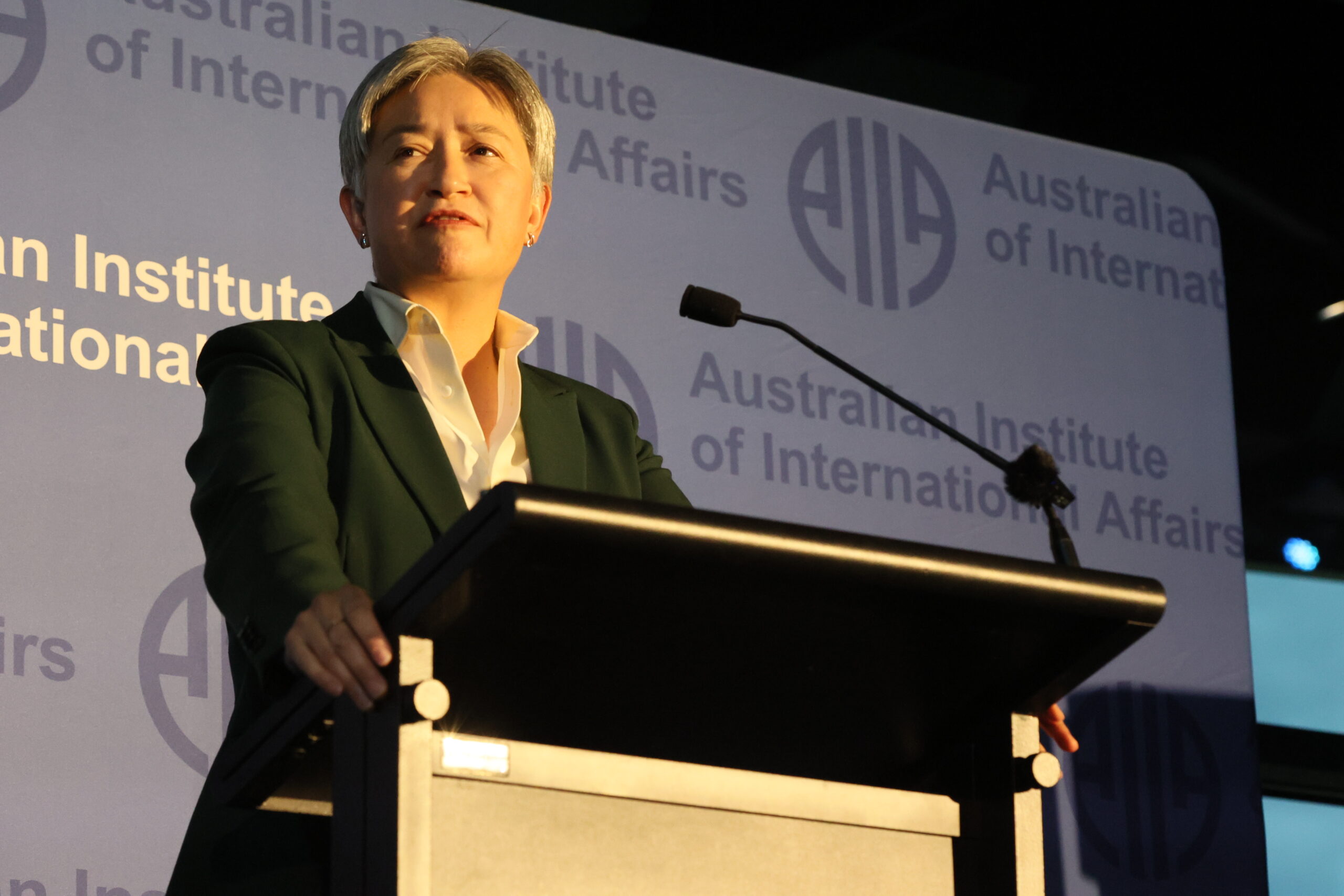Donald Trump’s announcement last month on H-1B visas set off a predictable firestorm. H-1B is a highly sought after non-immigrant work visa that allows US companies to employ foreign nationals in specialized skill-intensive roles.
The administration first issued a proclamation that the H-1B applications would attract a fee of US$100,000, which was far above the existing $2,000-$5,000 range. As a reaction, panic spread among visa holders and tech firms; there were warnings that innovation would suffer; and diplomatic backchannels were activated by countries most likely to be affected by the announcement.
Within hours, however, the White House clarified that the fee applies only to new applicants, not renewals or existing holders. Moreover, it would be a one-time fee, not charged annually. In other words, the policy was far less disruptive than initially feared. This episode offers a revealing case of how Donald Trump’s foreign policy pronouncements unfold. There is a discernible pattern of big, dramatic declarations followed by backpedaling clarification.
Episodes like this raise the obvious question: if the policy substance is often watered down within hours, why make such sweeping declarations in the first place? The answer lies not in strategy or doctrine but in style. Trump’s foreign policy moves cannot be understood as conventional statecraft: they follow the logic of populism, where what matters is not the durability of a policy, but the drama it generates and the enemies it names.
Populism as style and strategy
Populism, as political scientists remind us, is a “thin-centered ideology”. Unlike conservatism, socialism, or nationalism, it has no substantive policy content of its own. Instead, it attaches itself to thicker ideologies and amplifies them through a particular rhetorical style. At its core, populism divides the world into two antagonistic camps: the pure people and the corrupt elite. Every problem, whether domestic or international, is cast in these moral terms, and the leader is presented as the sole authentic defender of the people against corrupt forces.
While the perspective of populism as a thin-centered ideology is the most widely cited, scholars have also advanced alternative understandings of populism. One is to view it as a political style, a performative mode of doing politics that relies on highly personalized leadership, emotionally charged rhetoric, and symbolic gestures that dramatize conflict. Here, leaders cultivate intimacy with “the people” through direct communication in the form of rallies, social media, and unscripted declarations. All this while they continue to portray elites and outsiders as existential threats.
Another approach conceives populism as a political strategy. In this view, populist leaders do not merely rely on rhetoric but strive to reshape institutions with an aim to acquire power and to hold onto it after obtaining it. They weaken checks and balances, bypass traditional party structures, and mobilize mass support in plebiscitary or referendum-like ways. The emphasis is on organization and power consolidation rather than ideological content.
Thus, populism is not a fixed doctrine but a flexible toolkit that leaders like Trump deploy in both domestic and international arenas. After all, populism does not provide a blueprint for international action. What it does provide is a blueprint for political style that thrives on spectacle, conflict, and the framing of every issue in terms of “the people” versus “the elite.”
Trump’s populist toolkit deployed in foreign policy
Seen through this lens of populism, Trump’s foreign policy announcements, whether tariffs, visa restrictions, or threats to withdraw from international agreements, function more as political theater than as carefully thought-out strategies. They are designed to capture attention, provoke conflict, and prop up a narrative of deprivation and protection.
The H-1B visa issue fits squarely into this logic. Trump cast it as a loophole through which elites and corporations betray American workers by privileging foreign talent. Through the announcement, Trump projected himself as the defender of American jobs, stoked passions at home, and dominated the news cycle, even if the actual policy turned out to be much diluted than the initial fanfare suggested. But the H-1B saga is only the latest example. Before this came the tariff announcements in April 2025, replete with dramatic threats and last-minute reprieves. There were also repeated vows to pull out of NATO, followed by reassurances that America would stay only if allies agreed to spend more on their defense. The lesson for observers is that when Trump makes a sweeping foreign policy announcement, the details may change within hours.
However, by the time the clarification arrives, the political purpose has already been served. This unpredictability, which is sometimes presented as a flaw in Trump’s foreign policy, is politically useful from a populist perspective. It keeps his allies, adversaries, and even his own bureaucrats guessing. This chaos also helps in projecting dominance, in the sense that only he knows what America will do next. In the meantime, the uncertainty generates attention and burnishes his image as a disruptive outsider who refuses to play by established rules. The political value of this chaos and uncertainty lies in conveying spectacle and conflict, not rationality: this is the true purpose of such pronouncements.
Additionally, he has repeatedly claimed credit for ending “seven unending wars” worldwide and has suggested deserving a Nobel Peace Prize. He cast this as an unparalleled achievement while framing the United Nations as ineffective, accusing it of delivering “empty words” while the world suffered. This self-proclamation has widely been criticized as exaggerated, given that many of the wars he affirmed to have ended are still ongoing.
Again, the factual accuracy of policy outcomes takes a backseat to the projection of personal strength and disruption. For the international community, this approach presents both challenges and lessons. Over time, allies and adversaries are most likely to interpret Trump’s announcements as performative signals rather than definitive policy. They may take a wait-and-see approach, delaying responses until announcements are clarified or implemented, avoiding overreaction to Trump’s rhetoric.
Domestically, the effects highlight a central paradox of populist leadership. The spectacle of bold announcements buttresses Trump’s image of a strongman-style defender of the “people” against the “elites”. But repeated reversals or watered-down policies can also breed frustration among even the most loyal supporters. Consequently, they may begin to question the efficacy of such announcements as the gap between rhetoric and tangible outcomes widens. Overall, Trump’s foreign policy, in all its spectacle and unpredictability, ultimately tells us less about America’s role in the world than about the political style he thrives on at home. There is a clear deviation from conventional diplomatic vocabulary that is neither a strategy nor a doctrine. It is populism.
Abhinandan Kumar is a Doctoral Candidate at the Department of International Relations, Jadavpur University, Kolkata.
This article is published under a Creative Commons License and may be republished with attribution.





